Washington has a diverse climate, from the wet and temperate rainforests of the west to the dry and sunny deserts of the east. This Northwest state is known for its beautiful landscapes – from the towering mountains to the peaceful forests. The various grass growing all over the ground is part of that rich, picturesque landscape. By familiarizing yourself with the most common grasses that thrive in Washington, you can better take care of the grass growing in your lawn to add to the stunning landscape that makes up this great state.
Here are some of the most common grasses in Washington state:
Kentucky Bluegrass
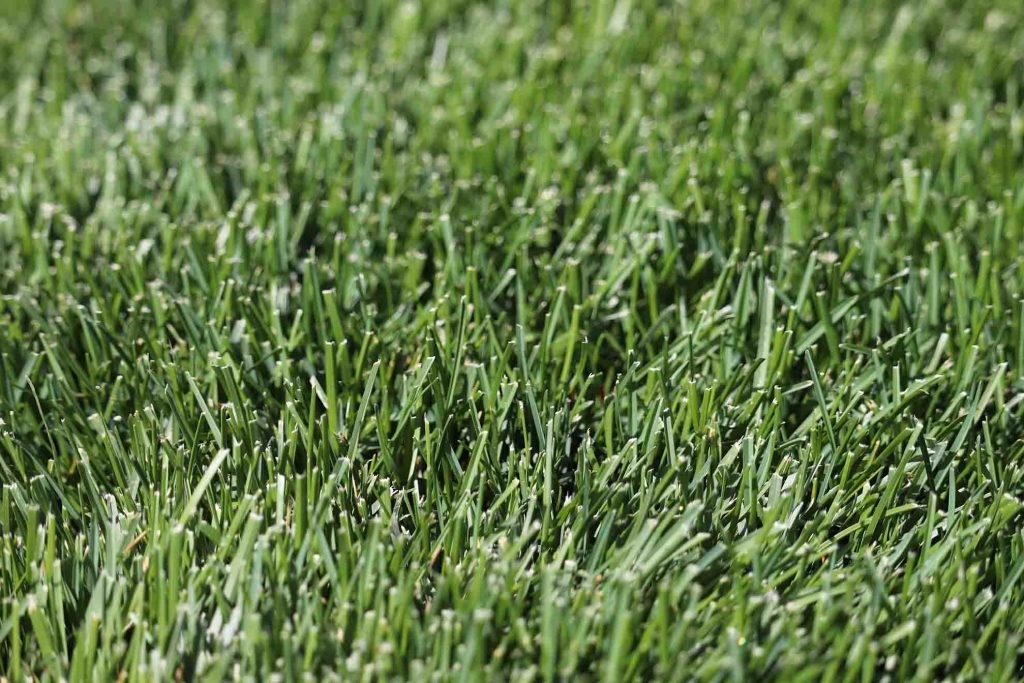
Kentucky bluegrass is a cool-season grass known for its deep blue-green color and ability to withstand wear and tear. It is a good choice for lawns that receive a lot of foot traffic and thrive in Washington's cool, wet climate. Kentucky bluegrass should be mowed at a height of 2 to 3 inches. Mowing too short can stress the grass and make it more susceptible to pests and diseases. Aerating your lawn and fertilizing it regularly can help this lush, verdant green, and desirable turfgrass grow easily.
Perennial Ryegrass

Perennial ryegrass is another cool-season grass known for its quick germination and ability to tolerate shade. This hardy grass is a good choice for lawns in shady areas with a lot of foot traffic. This desirable turfgrass needs deep and infrequent watering, coupled with regular fertilization and basic lawn care to thrive and turn your lawn into a space that fits into the picturesque landscape of Washington.
Fine Fescues
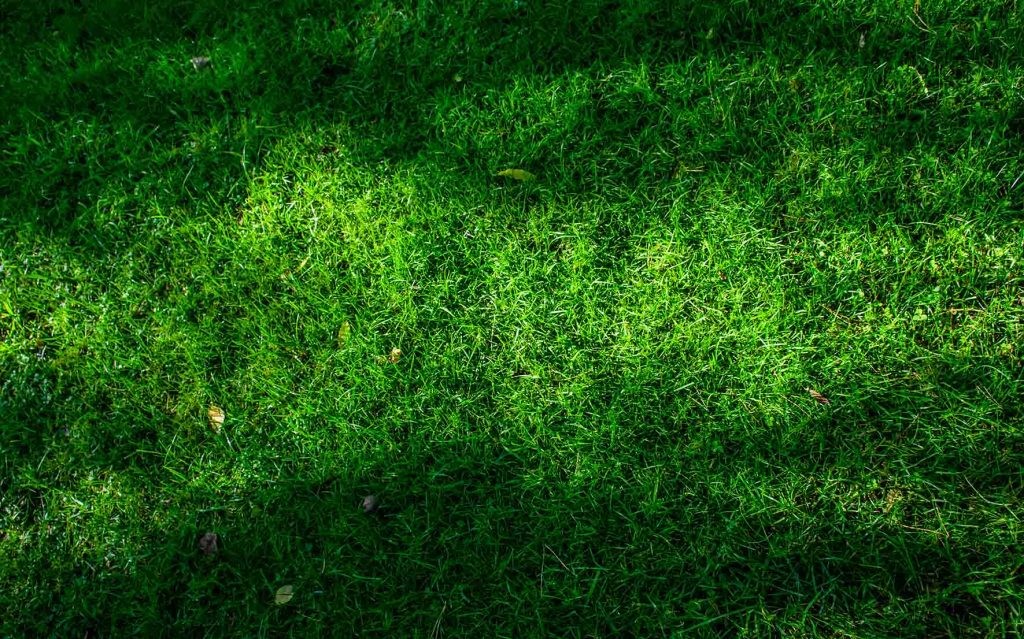
Fine fescues are part of the group of cool-season grasses known for their drought tolerance and ability to withstand heat. They are a good choice for lawns in dry areas, but are known to thrive in the cool, wet climate of Washington. Fine fescues are a popular turfgrass in the Pacific Northwest, able to easily take on every season. This desirable turfgrass is fairly low maintenance, requiring deep watering and basic lawn care to grow strong and vibrant.
Tall Fescue
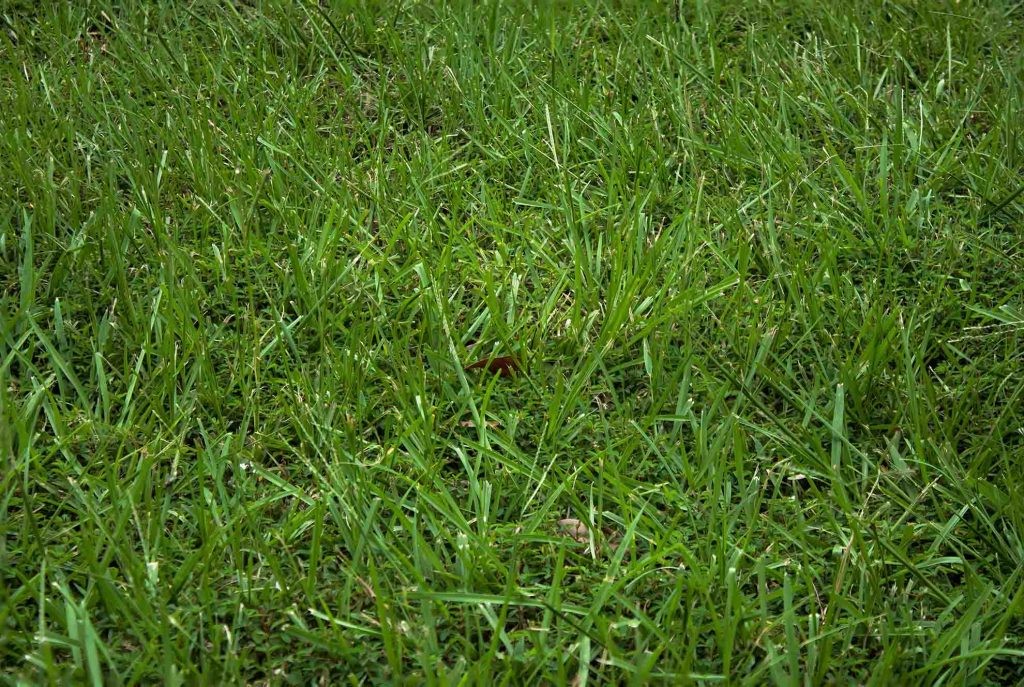
Tall fescue is a cool-season grass known for resisting pests and diseases. It is a good choice for low-maintenance lawns and grows taller than many other turfgrasses on this list. Tall fescue is a bunchgrass, which means it grows in clumps and does not spread as easily as other grasses, such as creeping bentgrass. It has a deep root system that allows it to access water and nutrients from the soil. It is an excellent choice for grass in poor drainage areas and can be maintained with basic lawn care.
Creeping Bentgrass
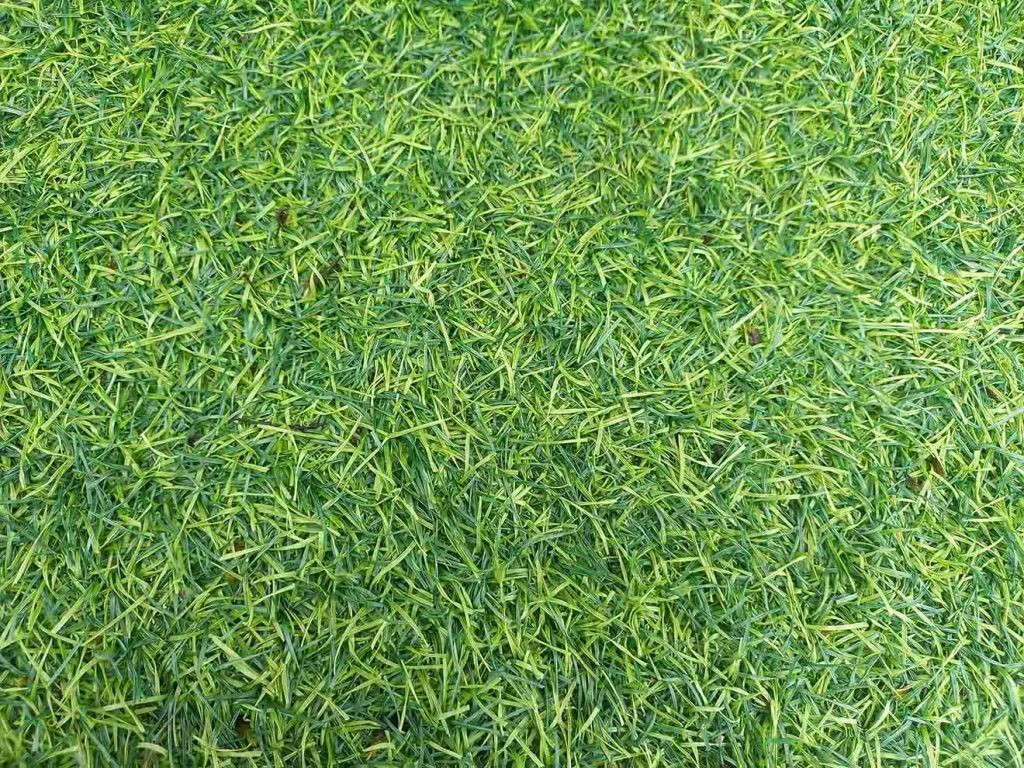
Creeping Bentgrass is a cool-season grass known for its fine texture and ability to withstand close mowing. It is a good choice for golf courses and other areas where a low level of maintenance is required. Creeping bentgrass is not as drought tolerant as some other types of grasses, but it is more tolerant of shade. It is also resistant to a number of pests and diseases. Creeping bentgrass is a stoloniferous grass, which spreads by sending out horizontal stems called stolons. This allows it to form a dense, even turf. Creeping bentgrass is a low-maintenance grass requiring regular mowing, watering, and fertilizing.
Other Considerations
In addition to these common grasses, many other types of grasses grow in Washington state. The best grass for your lawn will depend on the climate, the amount of sunlight, and the maintenance you are willing to provide.
When choosing a grass for your lawn, it is important to consider the following factors:
- Climate: Some grasses are better suited to cold climates, while others are better suited to warm climates. Do you live in a particularly cool area of Washington? These are things to consider.
- Sunlight: Some grasses need full sun, while others can tolerate shade.
- Maintenance: Some grasses require more mowing and watering than others. Decide how much time you can devote to caring for your lawn when choosing a turfgrass.
- Budget: Grass seed can be expensive, so you need to decide how much you are willing to spend.
Once you have considered these factors, you can start to narrow down your choices. Talk to a local nursery or lawn care company like Simple Lawns for more advice on how to keep your lawn looking its best.
No matter what type of grass you choose, taking good care of it is important. This includes regular mowing, watering, and fertilizing. With proper care, your lawn will be green and healthy for many years to come.
Subscribe to Simple Lawns's Blog



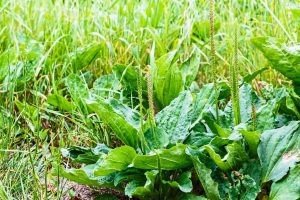
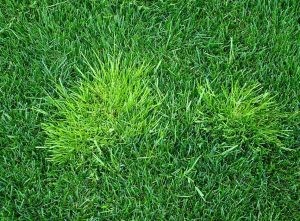
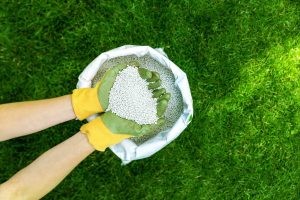
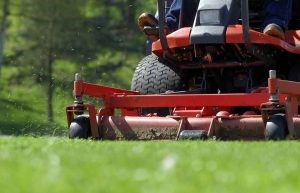


Comments